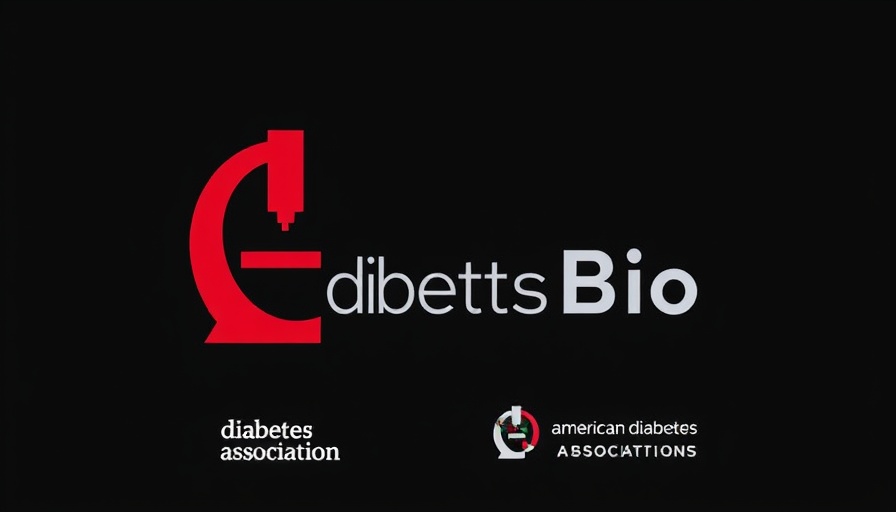
Understanding the Impact of the Second Influenza Vaccine Dose
A recent meta-analysis published in JAMA Network Open highlights the significant benefits of administering a second dose of the influenza vaccine to young children, particularly those who are vaccine-naive. The research signals a promising increase in vaccine effectiveness for children under the age of three compared to those receiving only a single dose.
Key Findings on Vaccine Effectiveness
The findings of the meta-analysis, which included 51 studies conducted between 1998 and 2024, indicate a notable uplift in the efficacy of the inactivated influenza vaccine (IIV). Particularly, a 28-percentage-point increase in vaccine effectiveness was observed in vaccine-naive children younger than three years after a second dose, raising the effectiveness from 14% to 52%. In contrast, for children aged three to nine, the second dose did not yield significant improvements.
The Science Behind Vaccine Recommendation
Experts suggest that the rationale behind recommending two doses for young children is rooted in the fact that many of these children are also naive to influenza infections. Therefore, they would not benefit from naturally acquired immunity that older individuals might possess. This insight aligns with recommendations from the World Health Organization (WHO), which supports a two-dose schedule for influenza vaccine-naive children under nine years.
The Role of Age in Vaccine Efficacy
It’s important to note that while the second dose demonstrates marked benefits for the under-three age group, the same cannot be said for older children. Research indicates that the efficacy of the second vaccine diminishes as age increases, underscoring the necessity for targeted strategies in immunization.
Broader Implications for Public Health
With approximately 20,000 children hospitalized annually in the U.S. due to influenza, especially among those younger than five, this research emphasizes the need for high vaccination rates in vulnerable groups. The results advocate for a careful consideration of vaccination strategies as we move forward in addressing the flu season effectively.
The Future of Influenza Vaccination
In light of these findings, public health authorities are urged to incorporate this evidence into vaccination policies. The clear advantage of a two-dose schedule for younger children could substantially decrease hospitalization rates and improve overall public health outcomes related to influenza.
Your Action Matters: Advocate for Flu Vaccination
As we head into the flu season, it’s essential for parents and caregivers to understand the implications of vaccination rates among young children. Educating others about the benefits of two doses, especially for those under three years, can play a pivotal role in safeguarding community health. By ensuring widespread awareness, we can all contribute to a more effective public health strategy against influenza.
 Add Row
Add Row  Add
Add 




Write A Comment